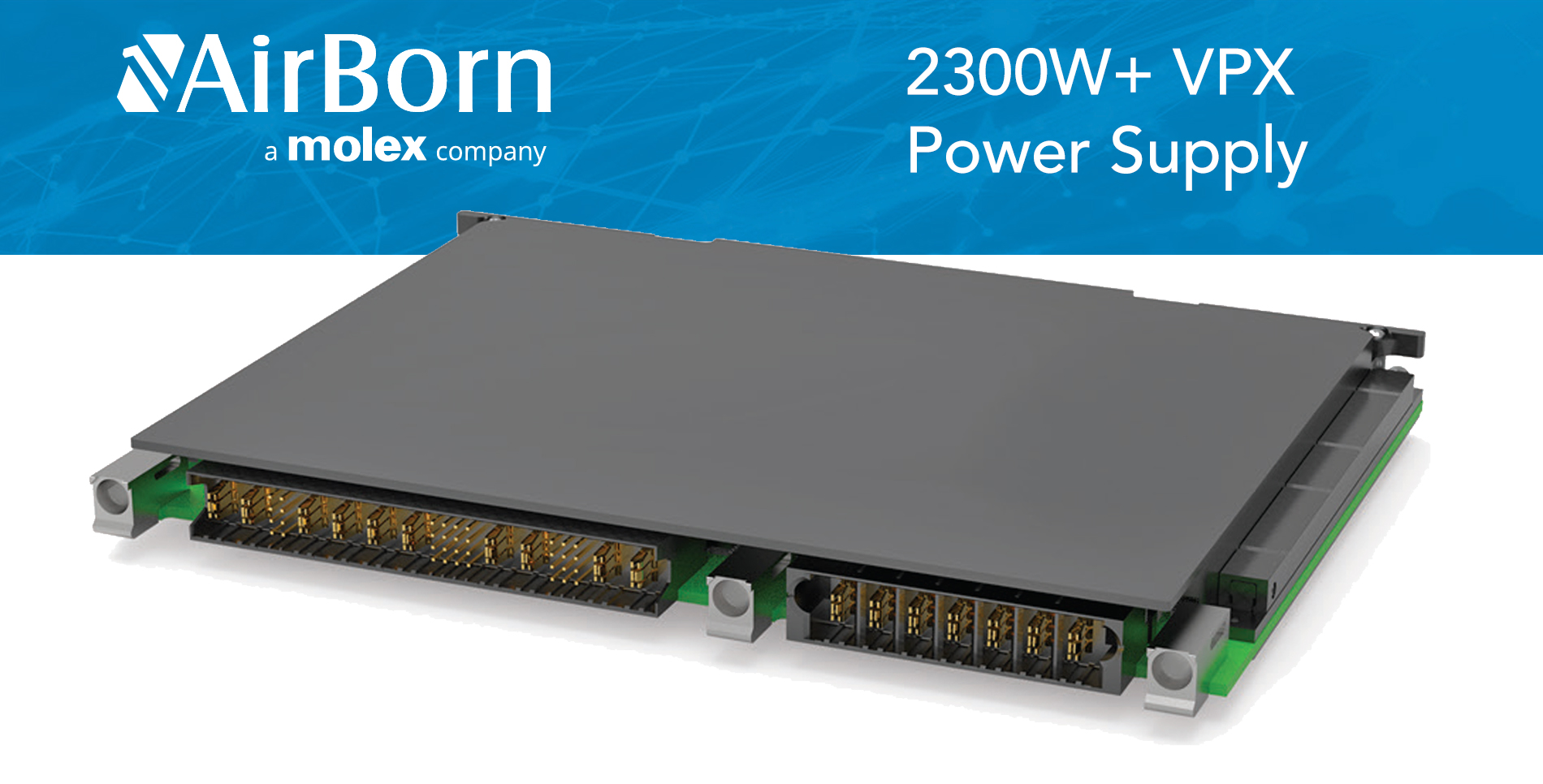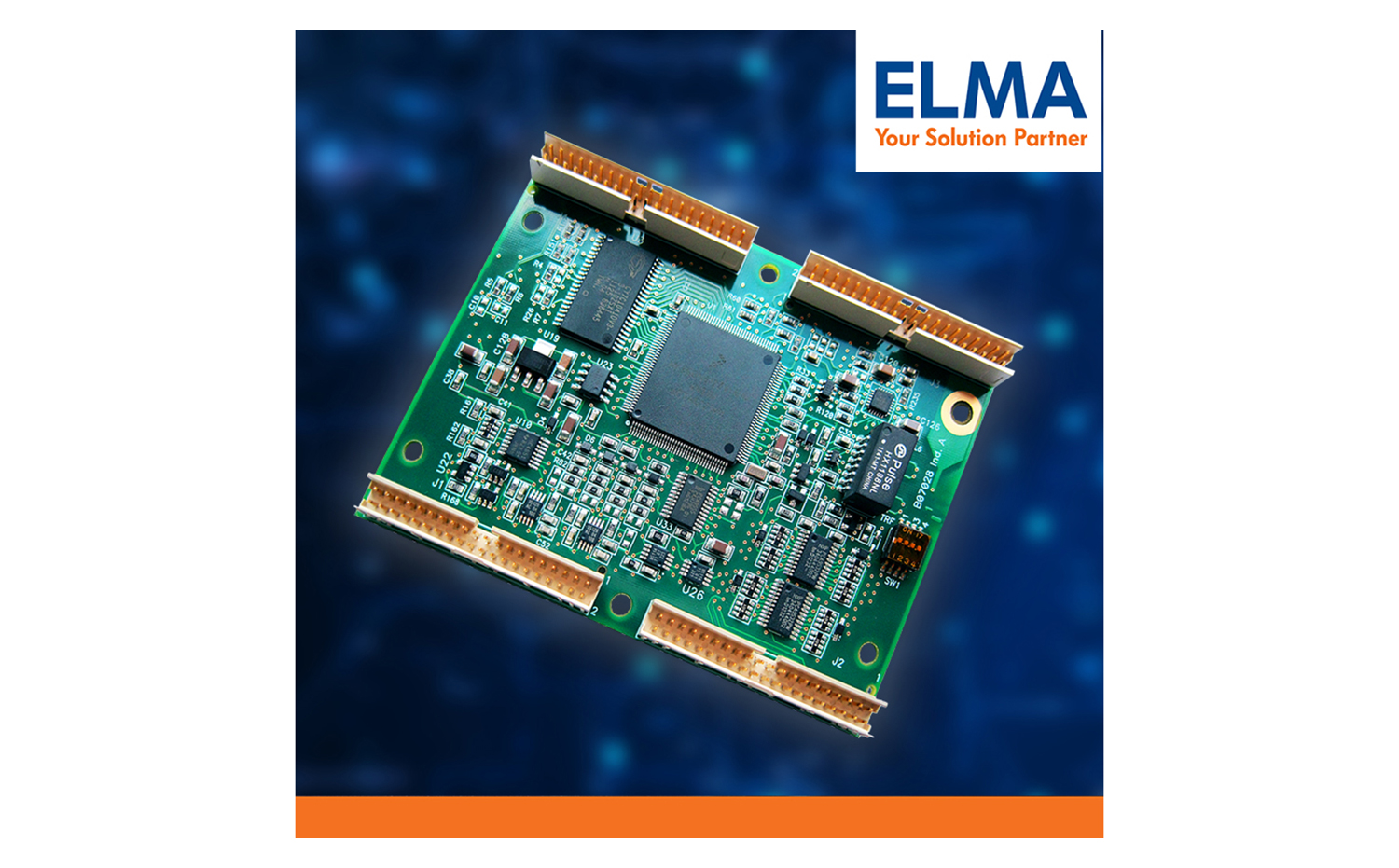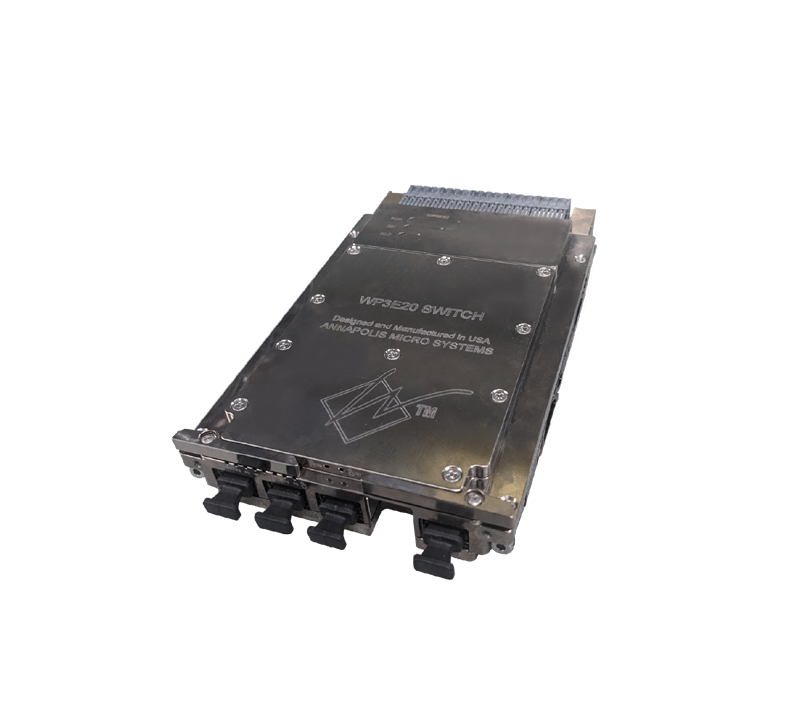VME: So when and how did this OpenVPX Industry Working Group get off the ground?
TIEDEMANN: The Working Group effort started just a few months ago – but it was preceded by a situation that occurred about a year ago, when we ran into an interoperability issue with the development of a 3U VPX product for a military customer. In the process of that development, the systems engineer on the project ran across issues with the VITA specification.
VME: What types of issues?
TIEDEMANN: Just as an example, the engineer would follow one of the dot specifications to assign pins to Ethernet, but found that other dot specs had assigned those same pins to other functions. So he had to make decisions, and some of these decisions were not compliant with the specification. We decided on an architectural solution and reviewed our decisions with our customer, the U.S. Army, and they were fine with the architecture that we were proposing. Basically, we were leveraging a lot of the layered architectures from the telecommunications market that wasn’t factored into the structure of the dot specs within VPX.
VME: OK, but how did this outside-the-VSO working group actually get started?
TIEDEMANN: After this first engineering project kept going, we talked with other customers about these same issues and VPX in general – 6U and 3U – and we asked them if it would be appropriate to put a working group around this to try to settle on the system-level specification for VPX. They were just delighted with the idea, and the support was quite overwhelming. We developed this approach from other industry working groups in the past, so this was a logical step.
VME: What other groups are you referring to?
TIEDEMANN: The first that comes to mind is the RapidIO Trade Association. Mercury developed the RACEway Interlink, which became an ANSI/VITA standard and the predecessor to the switch fabric technology on which RapidIO is built. We worked jointly with Freescale (formerly Motorola) to get the RapidIO interconnect fabric off the ground. We also worked collaboratively with Texas Instruments, Tundra, Ericsson, Nokia, Lucent, Nortel, and a number of other industry partners and customers to help establish RapidIO as the thriving switch fabric technology it is today. It has been selected by nearly all the Tier 1 telecom OEMs and leading defense contractors for some of the most demanding computing applications.
VME: To get back to VPX – the dot specs for VPX talk about a fair number of pinouts on the various J connectors and so on, so how does what you will do deviate? Isn’t that all nailed down for the most part?
TIEDEMANN: It is, but in certain cases two different manufacturers could interpret the specifications differently. So the goal is that we’ll do our best to try to align with the dot specifications that are there in VITA today. But some situations might arise where as a working group, we’ve made some design decisions, some tradeoffs where we’re not compatible or might not be compliant with VITA’s specifications, depending on your interpretation, because VITA’s spec might be a little bit vague. For example, the spec might not even state what to do with certain clocks or certain signals on the backplane.
VME: So what will you do with the non-VPX-compliant recommendations produced by the OpenVPX Industry Working Group? Push them into VITA’s specs?
TIEDEMANN: I think at a high level, we’re going to use our best efforts to try to stay in line with the dot specifications. We’ll go back to VITA at the end of this effort and contribute our systems specification. On points where we deviate, VITA will have to make a decision about whether to go in and redo the dot specs.
VME: So why didn’t you work this directly through the VSO [VITA Standards Organization]? That’s what VSO is all about and how 3U/6U VPX got to where it is today.
TIEDEMANN: Let me clarify something. We’re not creating a stand-alone trade association here. We’re creating a working group to address these specific issues around VITA 46. At the end of this effort, we hope to have a draft Design Guide complete, then our working group will go away. We’ve formed our working group outside the trade association in the interest of getting a specification done quickly. All of the members of the Working Group have designs going on right now, as do other customers and partners that we’re talking to. We all agree that we just need to get this done as quickly as possible.
Doing this within the standards organization would take too long. If you look at recent history, VPX was first initiated in May 2003, the connectors were tested in December 2005, and the Base Specification was ratified in October 2007. We’re almost six years down the road, and VPX is still a series of dot specs in draft form, while we’re all trying to build interoperable systems that critical defense programs could benefit from.
VME: Is this effort sanctioned, endorsed, or supported by VITA or VSO?
TIEDEMANN: Before we went public with this some weeks ago, we had a conversation with Ray Alderman; we briefed him on our activities and asked for his input and support, and we wholeheartedly got it. In fact, back in November 2008, Ray asked the VSO to start pulling all the dot specs together in a top-down, systems-level specification. Like I said, we’re going to try to leverage the work that’s been done in VITA 46. It certainly wouldn’t be in our best interests to embark on a complete do-over.
VME: What are the pieces of VITA 46.0 that galvanized you into creating this OpenVPX Industry Working Group?
TIEDEMANN: There is a base specification within VITA 46 that defines power and ground and some basic system signals, and then there are dot specs that go into all the options, such as where you have Ethernet and switch data planes and sensor planes, and things like that. But the dot specs – they’re not really tied together very well. There’s no system management that’s proposed right now within VITA. But starting with a base interface like VPX and clearly defining a system management approach will take away a huge interoperability risk. And then vendors can focus their efforts on what we call the "user plane," which is where companies can add their secret sauce. And that’s the optional stuff.
VME: Have you published or will you publish a document that says, "These are the things that we are going to be working on," technically speaking?
TIEDEMANN: We have a draft design guideline that we started a couple months ago in anticipation of this announcement. That design guideline will go out to the VITA 46 working group members, and then at some point to the VSO organization. We’re working on the details of how to keep folks outside of this working group informed. I don’t think it would be right to wait until the very end and then release something, because everyone’s going to take some time to come up to speed, and it’s going to be slow to get it adopted.
VME: Your press release says your independent OpenVPX Industry Working Group includes more than "10 leading defense prime contractors and COTS systems developers striving to solve the interoperability issues." Who are they?
TIEDEMANN: I can say that the vendors we’re aligning with are those with a direct correlation or direct impact on the work. We have defense customers, we have other vendors that are board or systems suppliers, and then we have the systems/chassis vendors represented. Among the organizations committed to participating are GE Fanuc Intelligent Platforms, Boeing, Aitech Defense Systems, Hybricon, and Tracewell Systems.
VME: So is this working group open and public?
TIEDEMANN: Not at this time, but by the time this interview is published, it may be open. [Editor’s note: In early March, right before this magazine went to press, Mercury announced that any VITA member in good standing could now join the OpenVPX Industry Working Group.] As I mentioned before, the goal here is to go fast and get results. So once the Steering Committee finalizes the Working Group policies, procedures, and technical objectives, membership in the OpenVPX Technical Working Group will be open to any VITA COTS or embedded systems company that contributes to the Group’s mission. The Technical Working Group will be responsible for completing the Design Guide. Once it’s complete, we’ll need to make sure it gets turned over to VITA and everybody’s up to speed, so that we can all move forward and get on with our day jobs.
VME: Do you think this outside-VSO working group will set a precedent for the industry as far as other organizations starting up their own external working groups?
TIEDEMANN: We’re actually following a precedent that’s already been set by VITA and other organizations. As Ray [Alderman] said recently, this methodology is "done regularly in other major standards efforts where significant growth and opportunity are evident." Once we accomplish what we’ve set out to do, we’ll all go our separate ways and get back to business. CS
Mercury Computer Systems
978-967-1664
www.mc.com






